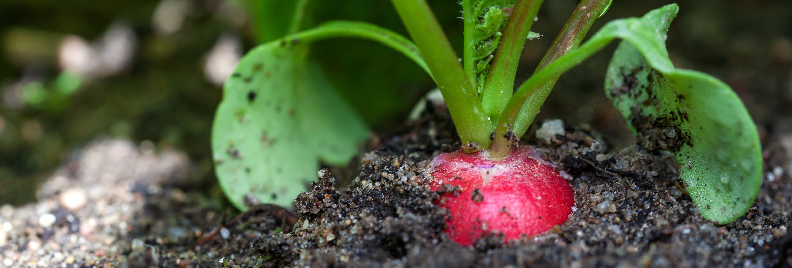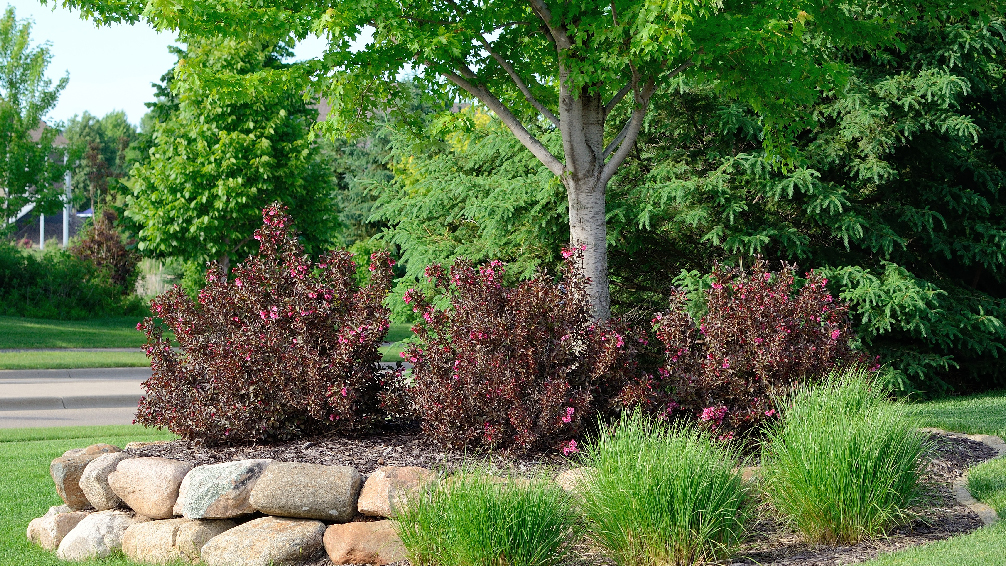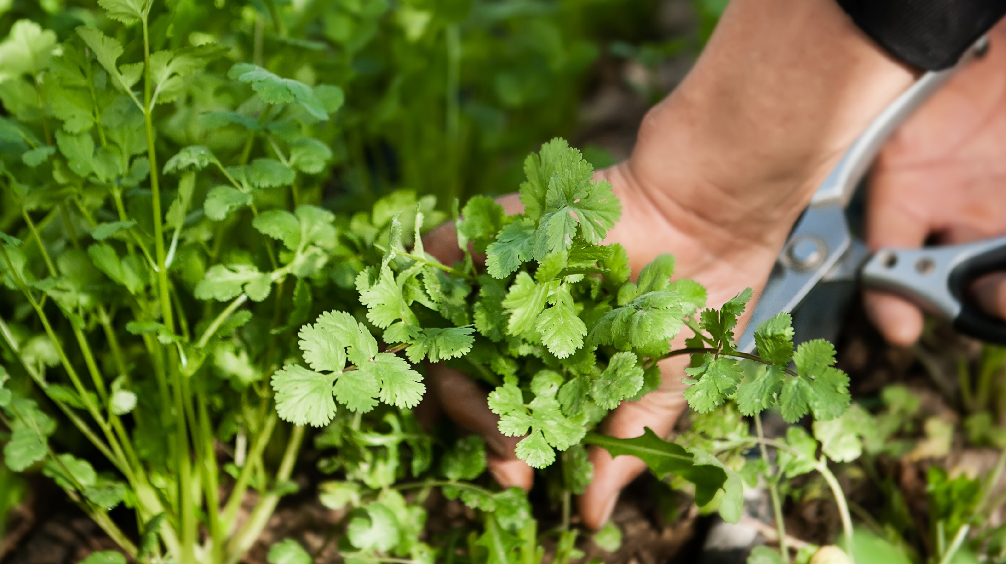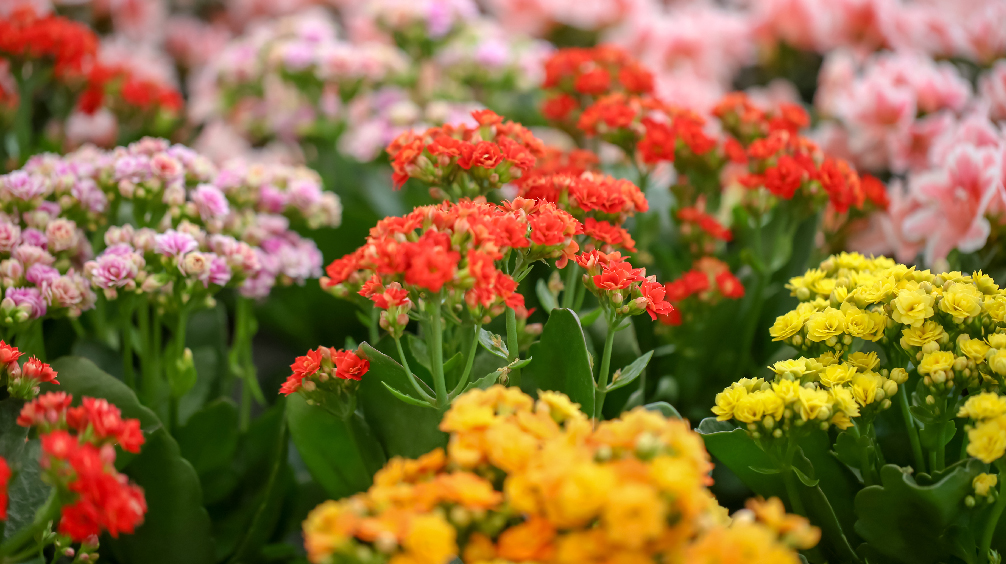
What to Plant in September in Houston
What Plants Can You Plant in September?
What Vegetables Can You Plant in September?
What Flowers Can You Plant in September?
You may be unsure of what to plant in September in Houston—after all, many folks are quick to associate autumn with the end of the gardening season. The truth is, there are plenty of plants that actually grow best when planted during the cooler fall months, rather than our blazing hot Texas summers. Too much direct summer sun can cause some plants to scorch or bolt (prematurely flower instead of producing harvestable food). While a flowering cilantro plant does look pretty cute, the fact remains: we’re in it for the tasty leaves, and Taco Tuesdays just aren’t the same without a little sprinkle of the zesty green stuff. If you’ve still got the gardening bug and don’t want to pack away your gardening gloves quite yet, try planting by the signs and create a beautiful garden theme all your own.

What Plants Can You Plant in September?
Two types of plants that do best when planted in early autumn are trees and shrubs. After transplanting a tree or shrub, they need to be watered generously so they can establish a healthy root system. In the summer, all that intense sunlight will dry up the soil much faster, and it can stress out the tree, inhibiting its growth. One of the best things about gardening in Houston is that our winters are pretty mild, so you won’t run the risk of your newly planted trees and shrubs getting shocked from the cold. If you’re a newbie when it comes to planting bigger plants like trees and shrubs, feel free to talk to one of our experts for a little guidance on the subject.
After planting your trees or shrubs, we recommend applying a layer of mulch across the soil surface surrounding the plant. Mulch helps lock in all that moisture (kind of like when you get a pedicure and they dip your feet in that pink paraffin wax). When the water gets trapped in, you won’t have to water it quite as frequently, so obviously, that’s a plus. Mulch is great for helping maintain a consistent soil temperature too, so as the mercury starts to dip and the cold sets in, it will be a less shocking transition for your plants.

What Vegetables Can You Grow in September?
Loads of edibles can be planted in September—some from starter plants, and others through direct-seeding. Here’s a list of our favorite cold-tolerant vegetables and herbs that you can plant right now:
Broccoli: This mega-healthy veggie doesn’t get enough love! It’s really so versatile—obviously, it’s pretty good eaten raw with a side of ranch, but there’s no denying that broccoli cheese soup and Asian beef and broccoli stir fry are some of the tastiest comfort food dishes around. Broccoli takes quite a while to mature (around 100-150 days from seed) so we recommend getting a starter plant of broccoli, which will only need about 55-80 days until it’s ready for harvest.
Radishes: If you’re an impatient gardener, radishes will be your new favorite vegetable. These spicy ‘lil nuggets can mature in as quickly as one month after seeding, so you can keep planting more and more seeds throughout the fall for a continual harvest. If you find yourself with more radishes than you know what to do with, try slicing them up and making some radish pickles. They’re amazing on top of fried chicken sandwiches!
Cauliflower: This ultra-trendy vegetable seems to be taking the food blogger world by storm— it’s pretty much the Gucci Slides of vegetables right now. Cauliflower-based buffalo bites, pizza crust, and even alfredo sauce are making serious waves. Impress your pals at your next dinner party by serving up an Instagram-worthy spread of cauliflower-based snacks made from your own garden harvest! Similarly to broccoli, these guys take a while to mature, so getting a starter plant is the best route if you want it to be ready in time for the boom of holiday parties.
Cilantro: As we mentioned before, this popular herb is much easier to grow in cooler temperatures, so you don’t run the risk of it bolting. It sprouts up pretty fast when you start it from a seed, it just needs a consistently moist medium to start out in. Those little cardboard seed starter cups tend to lose moisture kind of quickly, so if you think you might forget to water your seedlings, we recommend starting your seeds in tiny cups on the window sill. If have any old espresso cups or shot glasses that are collecting dust in the cupboard, this is the perfect opportunity to put them to use!
Lettuce and Other Salad Greens: Leafy greens are pretty cold-tolerant, and once they reach maturity, they’re constantly producing harvestable leaves, so it’s definitely worth adding some into the garden or filling up a few planters for the patio. Spinach and arugula are great options if you like fancy salads with a little more flavor, and don’t want to resort to drenching your greens with a pint of ranch dressing. Whether you opt for a starter plant or want to seed directly, you’ll be able to get a pretty decent harvest throughout the winter—just make sure on colder nights that you cover your salad greens with a blanket for protection.
Cabbage: We love cabbage, not just for its satisfying crunch and ample health benefits, but also because it’s so darn beautiful! Have you ever taken a second to appreciate the beauty of a swirly purple cabbage? It’s kind of mesmerizing. You can plant cabbage in the middle of an elaborate flower garden, and it won’t look out of place at all. Make sure you water your cabbage generously and consistently to avoid the head splitting. Different varieties will mature at different times, so you’ll be looking at anywhere between 70-120 days until they’re ready to go.


What Flowers Can You Plant in September?
Sometimes it’s the late-bloomers that end up being some of the most beautiful. This applies to flowers, as well as that scrawny guy from your computer science class who rolled up to the 10-year reunion looking like Chris Pratt. Here’s a list of some of our favorite fall-blooming flowers that you can plant right away:
Chrysanthemums: The Queen Bee of any autumn garden, these classic late-season bloomers are always a hit. With an endless assortment of sunset-inspired colors available, you’re bound to find one you’ll love that will complement the colors of the changing tree foliage perfectly.
Petunias: Technically these flowers are continuous bloomers, but they’re pretty hardy to the cold despite their delicate appearance, so you can still plant them now. Not only are they gorgeous, but they’re edible too, so you can pop them on top of salads, desserts and pastries, or even as a cocktail garnish for that extra little somethin’ somethin’.
Dianthus: These fancy perennials have pretty showy displays of bright flowers all clustered together like colorful clouds in shades of hot pink, purple, red, and white.
Impatiens: If your garden is a bit on the shadier side, impatiens are the way to go. While they may need a little extra protection from the cold if we’re hit with a particularly chilly winter, they’re pretty well-suited to late-season planting. Alternatively, you can plant them in containers and then bring them inside if it gets to be a bit too nippy outside.
Lantanas: These bright, colorful flowers shaped like a burst of rainbow fireworks may bring to mind visions of 4th of July festivities, but they’re quite well suited to growing in the garden through fall and winter. Even on some of the chilliest Texas winter nights, these tough plants can make it through unscathed even without overnight covering.
Let’s be honest, the scorching hot summer weather here in the South can be a bit treacherous, especially when you’re already out breaking a sweat in the garden, digging and weeding and all that other stuff. Luckily, there are tons of plants and flowers that are happy to get in the ground right now, so both you and your garden plants can avoid getting roasted from the sun! Visit our garden center in Houston to see the many other varieties of cool weather-tolerant plants that are ready for you to take home!
